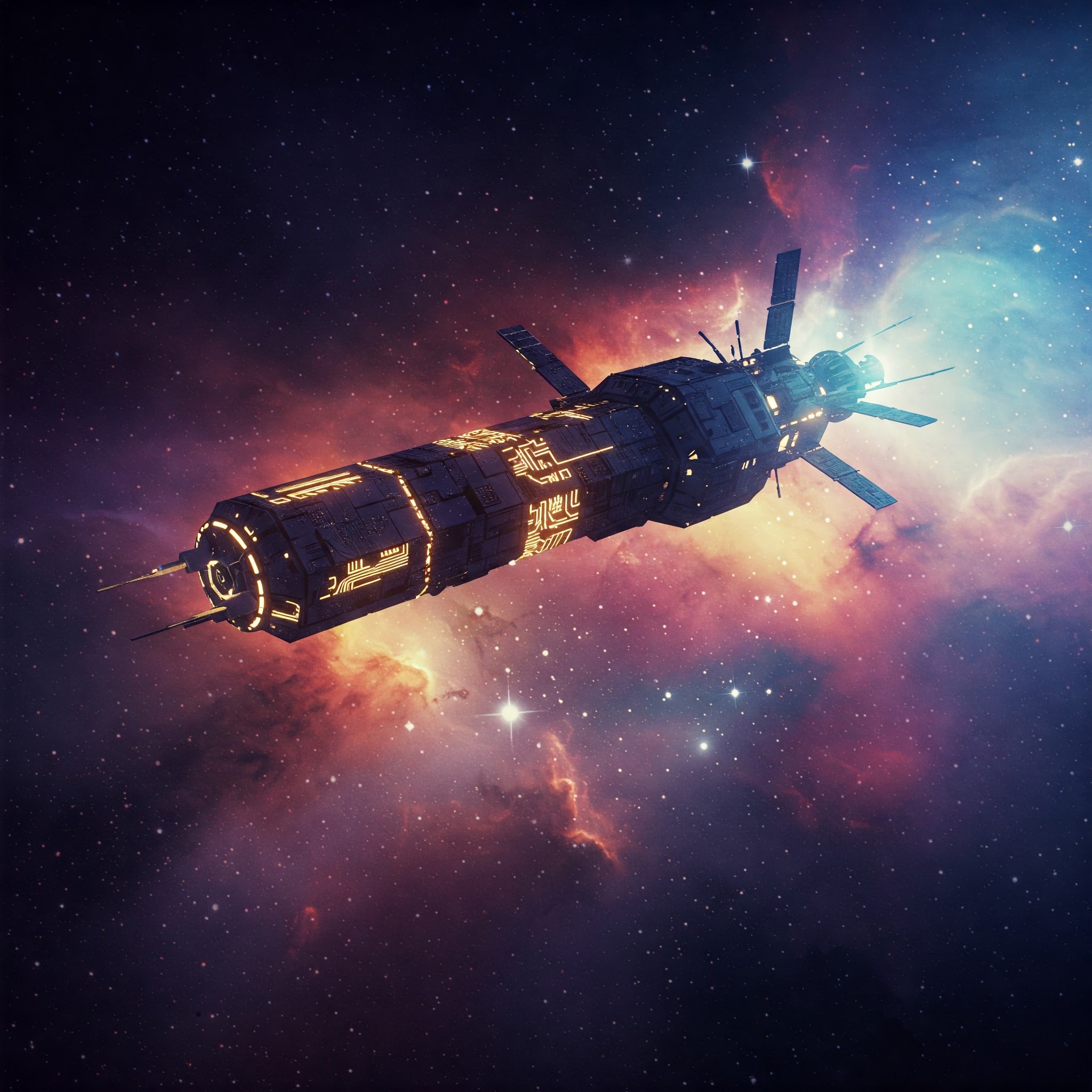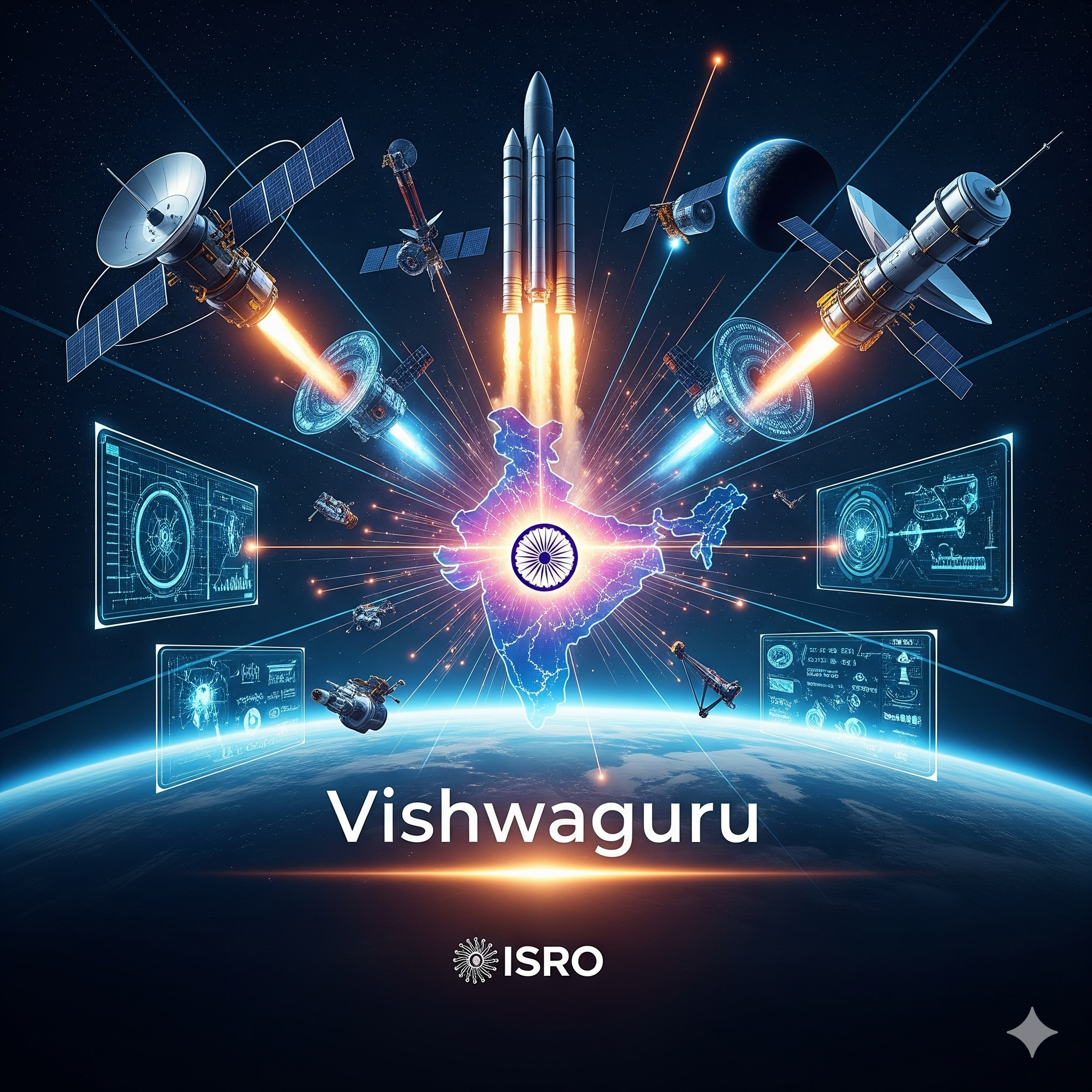Artificial Intelligence (AI) has emerged as a transformative technology across various sectors, and space exploration is no exception. The integration of AI into space missions has revolutionized how humanity explores, understands, and navigates the cosmos. From autonomous spacecraft navigation and rover intelligence on alien terrains to deep space data analysis and space debris tracking, AI has significantly enhanced the capabilities of both human and robotic missions.
1. Introduction to AI in Space Exploration
AI refers to the development of computer systems capable of performing tasks that typically require human intelligence, such as reasoning, learning, decision-making, and pattern recognition. In space exploration, these capabilities are invaluable due to the vastness, unpredictability, and communication delay challenges posed by outer space environments.
Space agencies like NASA, ESA, ISRO, Roscosmos, and private players such as SpaceX and Blue Origin are increasingly adopting AI to improve mission outcomes, reduce human error, and enhance safety.
2. The Role of AI in Different Phases of Space Missions
2.1 Mission Planning and Simulation
AI helps in mission design, feasibility analysis, and simulation before actual launch. AI models process vast datasets, predict environmental conditions, simulate spacecraft behavior, and optimize trajectory planning.
- Example: NASA’s use of AI algorithms to optimize trajectories for Mars missions, reducing fuel consumption and increasing mission success rates.
- AI Simulation Tools: Deep learning models can simulate unknown planetary terrains, helping engineers design robust spacecraft for those environments.
2.2 Autonomous Navigation and Control
Once in space, spacecraft must navigate autonomously due to the time delay in communicating with Earth.
- Autonomous Star Trackers: AI systems onboard use celestial navigation techniques to identify their location using star maps.
- Spacecraft Attitude Control: AI assists in maintaining and adjusting orientation using gyroscopes and actuators.
2.3 Robotic Exploration
AI-driven rovers and landers are critical for exploring planets and moons.
- NASA’s Perseverance Rover on Mars uses an AI navigation system called Terrain-Relative Navigation (TRN) to avoid obstacles and select safe landing spots.
- Machine Learning in Rovers: Rovers like Curiosity and Perseverance use ML to classify rocks, analyze soil, and decide on areas worth exploring without waiting for Earth-based instructions.
3. AI in Satellite and Orbital Management
3.1 AI for Satellite Health Monitoring
AI algorithms monitor the performance and health of satellites, detecting anomalies such as temperature spikes or power failures in real-time. This predictive maintenance extends satellite life and reduces mission failures.
3.2 Collision Avoidance and Space Debris Tracking
With thousands of satellites in orbit, avoiding collisions is a growing concern.
- AI Algorithms predict the trajectory of space debris and enable satellites to autonomously perform collision avoidance maneuvers.
- Projects like ESA’s Space Safety Programme and NASA’s Orbital Debris Program use AI for tracking and risk analysis.
4. Data Analysis and Deep Space Observation
4.1 Processing Astronomical Data
Telescopes like the James Webb Space Telescope and radio arrays such as the Square Kilometre Array generate petabytes of data. AI is crucial in processing, filtering, and analyzing this data for meaningful insights.
- Galaxy Classification: AI helps classify galaxies by shape and color from telescope images.
- Exoplanet Detection: AI models analyze light curves from stars to detect the presence of orbiting exoplanets using the transit method.
4.2 AI in Radio Astronomy
AI is particularly useful in filtering noise from deep space signals to identify potential phenomena such as fast radio bursts (FRBs), black hole mergers, or even extraterrestrial signals.
5. AI and Human Spaceflight
5.1 AI Assistants in Space
Intelligent assistants enhance astronaut efficiency and safety.
- CIMON (Crew Interactive Mobile Companion), developed by Airbus and IBM for the ISS, helps astronauts with experiments, provides reminders, and monitors stress levels.
- Voice-Activated Support Systems: Similar to virtual assistants like Siri or Alexa, these help astronauts operate spacecraft or access technical data hands-free.
5.2 Health Monitoring
AI wearables monitor astronauts’ health parameters in real-time, detecting fatigue, stress, or potential medical issues. Predictive analytics can also suggest preventive measures during long-duration missions.
6. AI in Deep Space Missions and Interstellar Exploration
6.1 Handling Long Communication Delays
Deep space missions (e.g., missions to Saturn, Jupiter, or future interstellar probes) suffer from significant communication delays. AI allows spacecraft to make autonomous decisions in real-time without waiting for Earth-based instructions.
- Voyager’s Successor Missions: Future interstellar probes will rely heavily on AI for navigation and scientific decision-making due to multi-hour or even multi-day communication delays.
6.2 AI in Astrobiology and Life Detection
AI is being trained to identify biosignatures—indicators of life—from spectral and chemical data collected on other planets and moons, such as Europa or Enceladus.
- AI can correlate subtle data patterns that might indicate microbial life, using datasets from Earth analogs.
7. AI in Private Sector Space Exploration
Private space companies are leveraging AI to enhance commercial space missions.
7.1 SpaceX
- Uses AI in Falcon 9’s automated landing systems.
- Starlink satellites use AI for beam steering, interference detection, and collision avoidance.
7.2 Blue Origin and Others
- Blue Origin uses AI in landing precision and mission design.
- Startups like AstroScale are developing AI-powered spacecraft for debris removal and satellite servicing.
8. Future Applications of AI in Space
8.1 AI-Designed Spacecraft
Using generative AI, engineers can automate the design of efficient spacecraft structures and mission components tailored for specific tasks, saving time and resources.
8.2 AI in Terraforming and Space Colonization
As humanity contemplates colonizing Mars and the Moon, AI will play a crucial role in:
- Environmental monitoring,
- Habitat management,
- Resource utilization (such as AI-driven mining for water or minerals).
8.3 AI for Space Farming
Maintaining life-supporting ecosystems in space colonies requires intelligent systems. AI will help:
- Regulate light, water, and nutrients,
- Detect plant diseases,
- Optimize crop yields under low-gravity conditions.
9. Challenges and Ethical Considerations
9.1 Reliability and Redundancy
AI systems must be extensively tested to ensure they do not malfunction in unpredictable environments. In space, failure can lead to mission loss or loss of life.
9.2 Bias and Explainability
AI decisions, especially those made autonomously, must be explainable. Bias in AI training data can lead to incorrect conclusions, particularly in life detection or anomaly classification.
9.3 Data Privacy and Militarization
AI-enabled satellites can collect massive data, raising concerns about surveillance and dual-use technologies. There are fears of AI being used for military purposes in space, contradicting the peaceful use principle of outer space.
10. International Collaboration and Regulations
AI in space calls for international cooperation to ensure standardization, ethical use, and open data sharing. Organizations like:
- United Nations Office for Outer Space Affairs (UNOOSA),
- International Telecommunication Union (ITU),
- and multilateral missions by NASA, ESA, JAXA, and ISRO,
are working toward establishing frameworks for responsible AI use in space exploration.
11. India’s Role in AI-Powered Space Missions
India is integrating AI into its space research programs through ISRO’s various initiatives:
- AI in Cartosat and RISAT satellites for image classification and disaster prediction.
- Gaganyaan Mission: Incorporates AI for crew safety, simulation training, and autonomous systems.
- Collaborations with academia and startups to create AI models for data processing and orbital analytics.
India’s focus on cost-effective innovation aligns well with AI’s potential to reduce operational costs and increase mission success rates.
Conclusion
AI-powered space exploration represents a fusion of cutting-edge computer science and human curiosity about the universe. By enabling autonomous navigation, intelligent data analysis, enhanced human-robot collaboration, and sustainable off-world living, AI is pushing the boundaries of what is possible beyond Earth.
As we stand on the cusp of a new space age—with Mars missions, asteroid mining, and lunar bases on the horizon—AI will be our indispensable partner in navigating and understanding the final frontier. However, to ensure its responsible and beneficial use, global cooperation, robust ethics, and continuous innovation must guide our path forward.
Key Takeaways
- AI enables autonomy, safety, and efficiency in space missions.
- It is crucial in data analysis, navigation, satellite management, and astrobiology.
- AI is vital for future missions such as interplanetary travel, space colonization, and sustainable ecosystems.
- Challenges include system reliability, bias, and the need for ethical frameworks.
- India is emerging as a significant player in AI-integrated space research.




